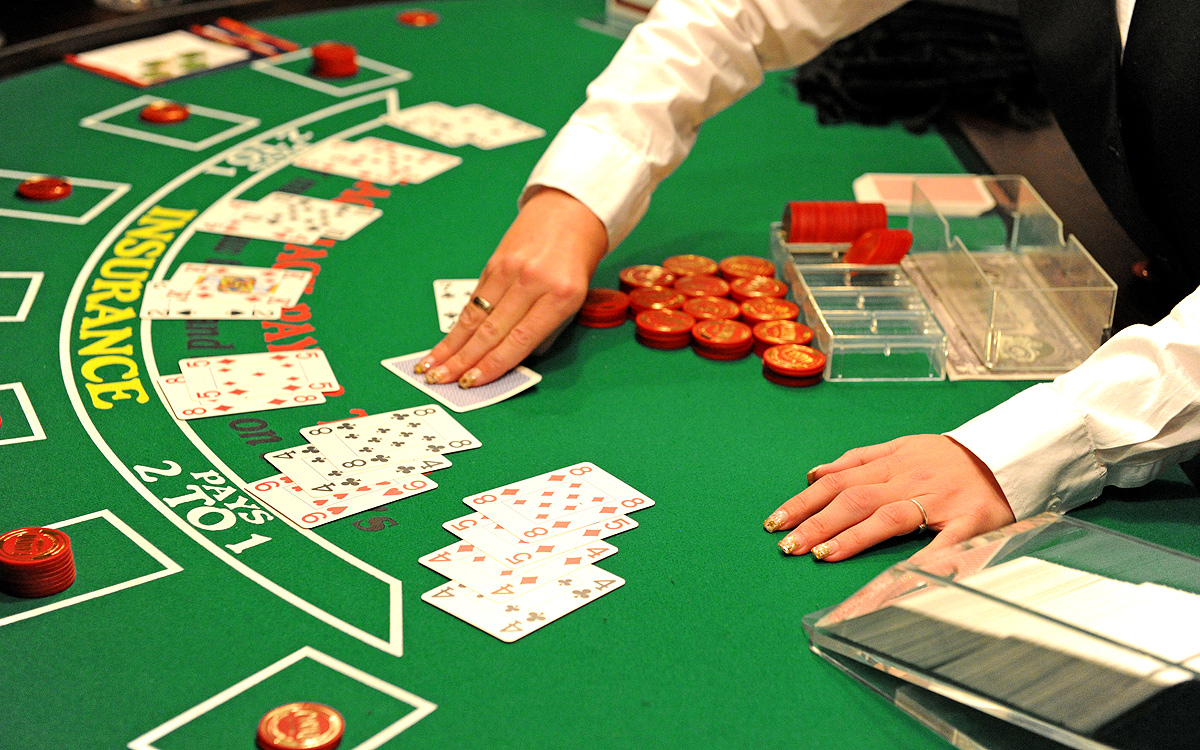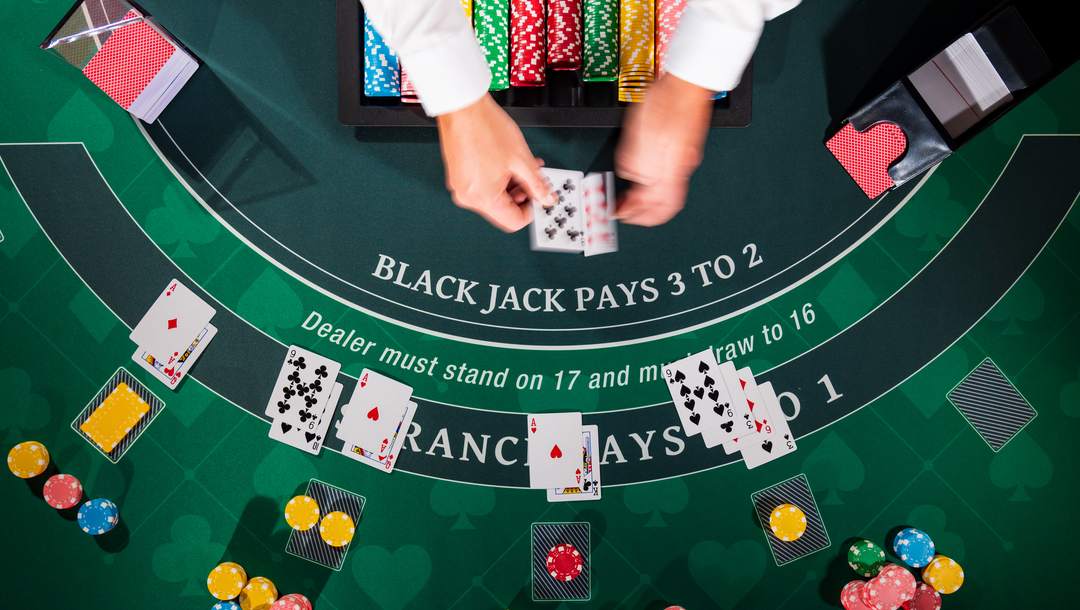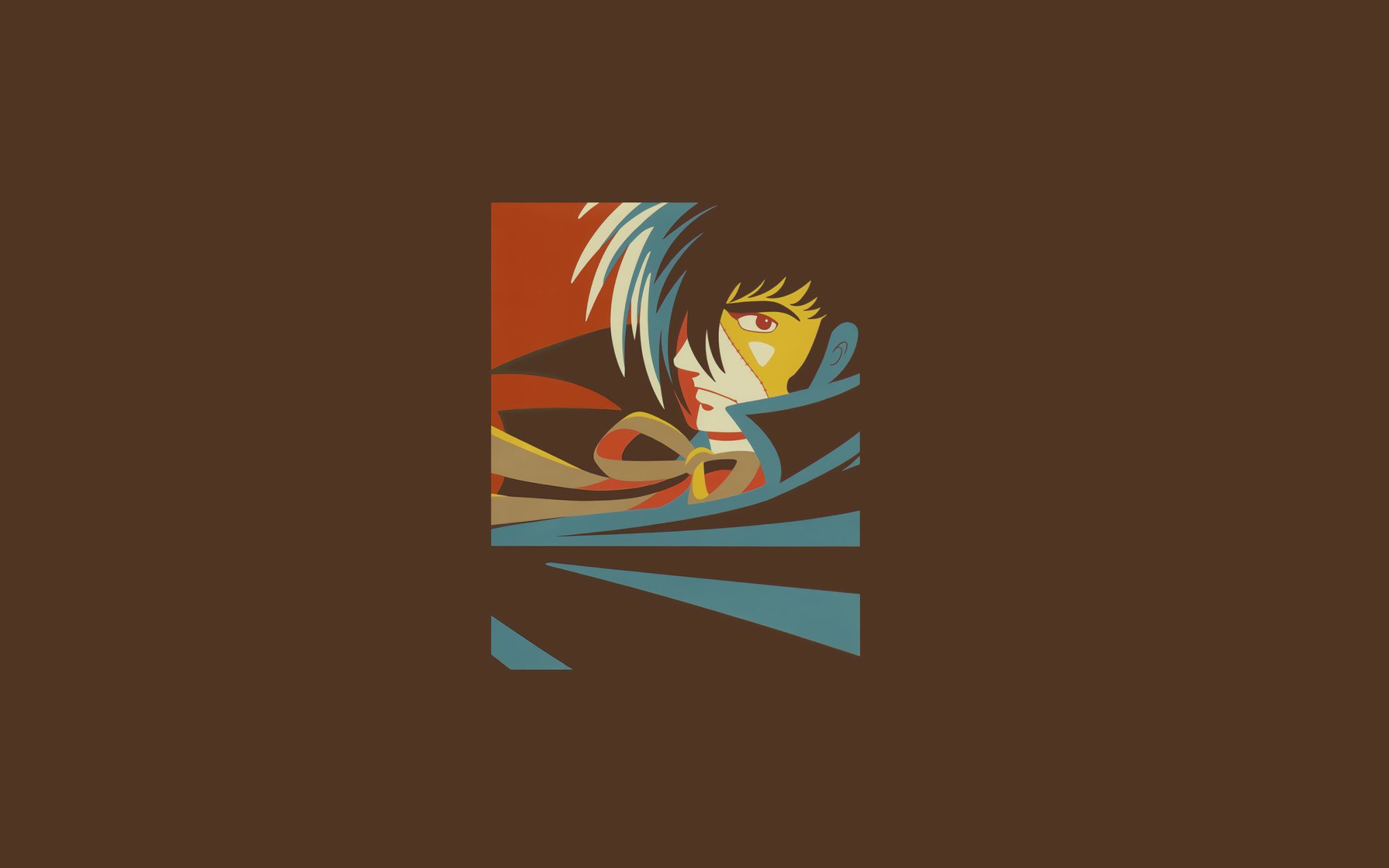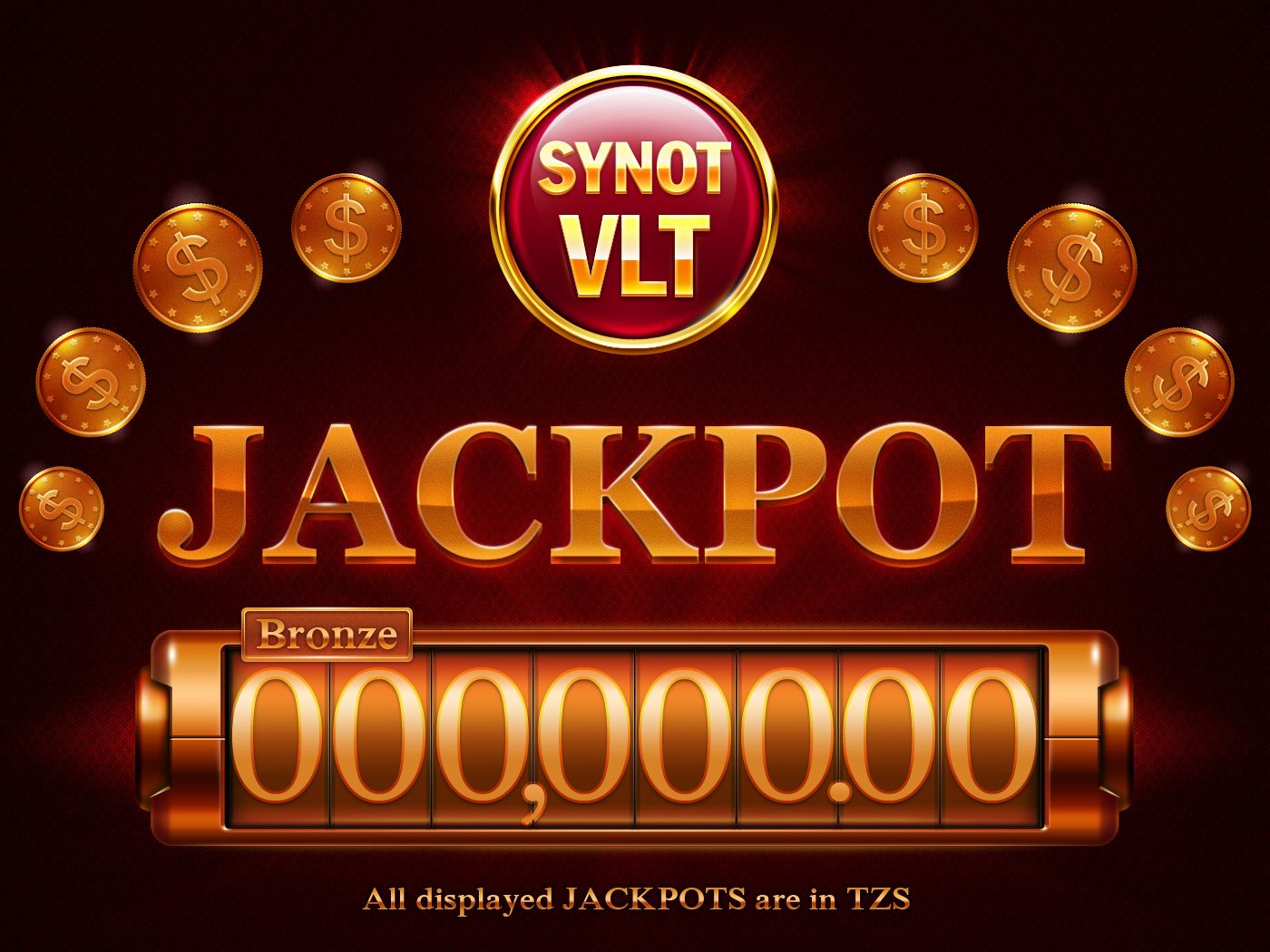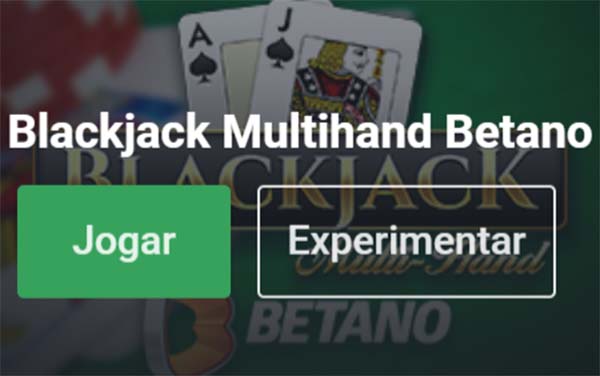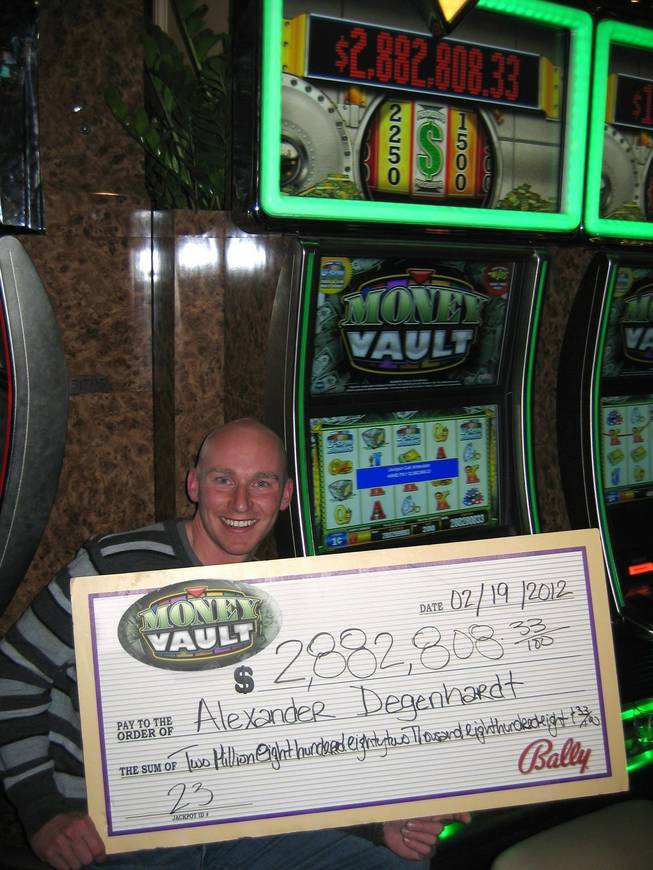blackjack gratis
Home>>blackjack gratis
postado por oficinadocinto.com.br
blackjack gratis:Ganhe em Apostas
blackjack gratis:💰 Inscreva-se em oficinadocinto.com.br e descubra o tesouro das apostas! Ganhe um bônus especial e inicie sua busca pela fortuna! 💰
Best Roulette Sites
texto:
Community card poker game
Omaha hold 'em A showdown in Omaha. Player on the left wins with Three of a kind. 💰 Exactly two hole cards must be used. Alternative names Omaha Type Community card poker Players 2–10 Skills Probability, psychology Cards 💰 52 Deck French Rank (high→low) A K Q J 10 9 8 7 6 5 4 3 2 Play Clockwise 💰 Chance Medium to high
Omaha hold 'em (also known as Omaha holdem or simply Omaha) is a community card poker game 💰 similar to Texas hold 'em, where each player is dealt four cards and must make their best hand using exactly 💰 two of them, plus exactly three of the five community cards. The exact origin of the game is unknown, but 💰 casino executive Robert Turner first brought Omaha into a casino setting when he introduced the game to Bill Boyd, who 💰 offered it as a game at the Las Vegas Golden Nugget Casino (calling it "Nugget Hold'em").[1][2] Omaha uses a 52-card 💰 French deck. Omaha hold 'em 8-or-better is the "O" game featured in H.O.R.S.E.
History [ edit ]
Omaha hold 'em derives its 💰 name from two types of games.
"Hold'em" refers to a game using community cards that are shared by all players. This 💰 is opposed to draw games, where each player's hand is composed only of concealed cards, and stud games, where each 💰 player's unique hand contains a mix of cards visible to the other players and concealed hole cards.
In the original Omaha 💰 poker game, players were only dealt two hole cards and had to use both to make a hand combined with 💰 community cards.[3] This version of Omaha is defined in the glossary of Super/System (under Omaha) as being interchangeable with "Tight 💰 hold 'em". Across all the variations of the game, the requirement of using exactly two hole cards is the only 💰 consistent rule. The "Omaha" part of the name represents this aspect of the game.
Explanation [ edit ]
In North American casinos, 💰 the term "Omaha" can refer to several poker games. The original game is also commonly known as "Omaha high". A 💰 high-low split version called "Omaha Hi-Lo", or sometimes "Omaha eight-or-better" or "Omaha/8", is also played. In Europe, "Omaha" still typically 💰 refers to the high version of the game, usually played pot-limit. Pot-limit Omaha is often abbreviated as "PLO." Pot-limit and 💰 no-limit Omaha eight-or-better can be found in some casinos and online, though no-limit is rarer.[4][failed verification]
It is often said that 💰 Omaha is a game of "the nuts", i.e. the best possible high or low hand, because it frequently takes "the 💰 nuts" to win a showdown. It is also a game where between the cards in their hand and the community 💰 cards a player may have drawing possibilities to multiple different types of holdings. For example, a player may have both 💰 a draw to a flush and a full house using different combinations of cards. At times, even seasoned players may 💰 need additional time to figure what draws are possible for their hand.
The basic differences between Omaha and Texas hold 'em 💰 are these: first, each player is dealt four hole cards instead of two. The betting rounds and layout of community 💰 cards are identical. At showdown, each player's hand is the best five-card hand made from exactly three of the five 💰 cards on the board, plus exactly two of the player's own cards. Unlike Texas hold 'em, a player cannot play 💰 four or five of the cards on the board with fewer than two of their own (nor can a player 💰 play three or four of his or her hole cards).
A maximum of eleven players can be dealt a hand in 💰 Omaha, regardless of whether or not burn cards are used, however Omaha is most commonly played six handed or nine 💰 handed.
Some specific things to notice about Omaha hands are:
As in Texas hold 'em, three or more suited cards on the 💰 board makes a flush possible, but unlike that game, a player always needs two of that suit in hand to 💰 play a flush. For example, with a board of K ♠ 9 ♠ Q ♠ Q ♥ 5 ♠ , 💰 a player with A ♠ 2 ♥ 4 ♥ 5 ♣ cannot play a flush using the ace as would 💰 be possible in Texas hold 'em; the player must play two cards from in-hand and only three from the board 💰 (so instead, this player's best hand is two pair: Q ♠ Q ♥ 5 ♠ 5 ♣ A ♠ ). 💰 A player with 2 ♠ 3 ♠ K ♦ J ♦ can play the spade flush.
, a player with play 💰 a flush using the ace as would be possible in Texas hold 'em; the player must play two cards from 💰 in-hand and only three from the board (so instead, this player's best hand is two pair: ). A player with 💰 play the spade flush. The same concept applies to straights. In Omaha, a player cannot use only one hole card 💰 and four cards on the board to play a straight. For example, with a board of 5 ♠ 6 ♥ 💰 7 ♦ 8 ♥ A ♠ , a player with J ♦ J ♠ 4 ♦ 9 ♠ or J 💰 ♦ J ♠ 9 ♦ 9 ♠ cannot play a straight. But a player with J ♦ J ♠ 4 💰 ♦ 3 ♠ can play a straight from 3 to 7;
, a player with or play a straight. But a 💰 player with play a straight from 3 to 7; Two pair on the board does not make a full house 💰 for anyone with a single matching card as it does in Texas hold 'em. For example, with a board of 💰 J ♠ J ♦ 9 ♦ 5 ♥ 9 ♣ , a player with a hand of A ♠ 2 💰 ♠ J ♥ K ♦ cannot play a full house; the player can only use the A-J to play J 💰 ♠ J ♥ J ♦ A ♠ 9 ♣ , since they must play three of the board cards. A 💰 player with J ♣ 2 ♣ 9 ♠ 10 ♠ can use their J-9 to play the full house J 💰 ♠ J ♦ J ♣ 9 ♠ 9 ♦ (or 9 ♣ ). Likewise, a player with 10 ♠ 5 💰 ♣ 5 ♠ 2 ♣ can use their 5-5 to play the full house J ♠ J ♦ 5 ♥ 💰 5 ♣ 5 ♠ .
, a player with a hand of cannot play a full house; the player can only 💰 use the to play , since they must play three of the board cards. A player with use their to 💰 play the full house (or ). Likewise, a player with use their to play the full house . Likewise, with 💰 three of a kind on the board, a player must have a pair in hand to make a full house. 💰 For example, with a board of J ♠ J ♦ A ♦ J ♥ K ♣ , a player with 💰 A ♠ 2 ♠ 3 ♥ K ♦ does not have a full house, the player only has three jacks 💰 with an ace-king kicker, and will lose to a player with only a pair of deuces. This is probably the 💰 most frequently misread hand in Omaha. (Naturally, a person with the fourth jack in hand can make four jacks because 💰 any other card in hand can act as the fifth card, or "kicker".)
Omaha hi-low split-8 or better [ edit ]
A 💰 showdown in Omaha hi-low split. Player on the left wins the low-hand half with the nut low A-2-3-4-5, player on 💰 the right wins the high-hand half with a full house 5-5-5-J-J
The most valuable starting hand in Omaha hi-low split
In Omaha 💰 hi-low split-8 or better (simply Omaha/8), each player makes a separate five-card high hand and five-card ace-to-five low hand (eight-high 💰 or lower to qualify), and the pot is split between the high and low (which may be the same player). 💰 To qualify for low, a player must be able to play an 8-7-6-5-4 or lower (this is why it is 💰 called "eight or better"). A few casinos play with a 9-low qualifier instead, but this is rare. Each player can 💰 play any two of their four hole cards to make their high hand, and any two of their four hole 💰 cards to make their low hand. If there is no qualifying low hand, the high hand wins (scoops) the whole 💰 pot. This game is usually played in the fixed limit version, although pot limit Omaha/8 is becoming more popular. A 💰 few low-stakes online tournaments feature no limit Omaha/8.
The brief explanation above belies the complexity of the game, so a number 💰 of examples will be useful here to clarify it. The table below shows a five-card board of community cards at 💰 the end of play, and then lists for each player the initial private four-card hand dealt to him or her, 💰 and the best five-card high hand and low hand each player can play on showdown:
Board: 2 ♠ 5 ♣ 10 💰 ♥ 7 ♦ 8 ♣ Player Hand High Low Alan A ♠ 4 ♠ 5 ♥ K ♣ 5 ♥ 💰 5 ♣ A ♠ 10 ♥ 8 ♣ 7 ♦ 5 ♣ 4 ♠ 2 ♠ A ♠ Bryan A 💰 ♥ 3 ♥ 10 ♠ 10 ♣ 10 ♠ 10 ♣ 10 ♥ 8 ♣ 7 ♦ 7 ♦ 5 💰 ♣ 3 ♥ 2 ♠ A ♥ Chris 7 ♣ 9 ♣ J ♠ Q ♠ J ♠ 10 ♥ 💰 9 ♣ 8 ♣ 7 ♦ Cannot qualify Derek 4 ♥ 6 ♥ K ♠ K ♦ 8 ♣ 7 💰 ♦ 6 ♥ 5 ♣ 4 ♥ 7 ♦ 6 ♥ 5 ♣ 4 ♥ 2 ♠ Eve A ♦ 💰 3 ♦ 6 ♦ 9 ♥ 10 ♥ 9 ♥ 8 ♣ 7 ♦ 6 ♦ 7 ♦ 5 ♣ 💰 3 ♦ 2 ♠ A ♦
In the deal above, Chris wins the high-hand half of the pot with their J-high 💰 straight, and Bryan and Eve split the low half (getting a quarter of the pot each) with 7-5-3-2-A.
Some specific things 💰 to notice about Omaha/8 hands are:
In order for anyone to qualify low, there must be at least three cards of 💰 differing ranks 8 or below on the board. For example, a board of K-8-J-7-5 makes low possible (the best low 💰 hand would be A-2 , followed by A-3 , 2-3 , etc.) A board of K-8-J-8-5 , however, cannot make 💰 any qualifying low (the best low hand possible would be J-8-5-2-A , which does not qualify). Statistically, around 60% of 💰 the time a low hand is possible.
to qualify low, there must be at least three cards of differing ranks or 💰 below on the board. For example, a board of makes low possible (the best low hand would be , followed 💰 by , , etc.) A board of , however, cannot make any qualifying low (the best low hand possible would 💰 be , which does not qualify). Statistically, around 60% of the time a low hand is possible. Low hands often 💰 tie, and high straights occasionally tie as well, as do, even more rarely, full houses. In theory, it is possible 💰 to win as little as a 14th of a pot (though this is extraordinarily rare). Winning a quarter of the 💰 pot is quite common, and is called "getting quartered." One dangerous aspect of playing for the low pot is the 💰 concept of "counterfeiting". To illustrate, if a player has, for example, 2-3 and two other cards in their hand and 💰 the flop is A-6-7 , that player has flopped the "nut low". However, if either a 2 or a 3 💰 hit the board on the turn or the river, the hand is "counterfeited" and the nut low hand is lost 💰 (the player still has a much weaker low hand however, with 3-4 , 3-5 and 4-5 making better lows). This 💰 is why there is significant extra value in possessing the "protected" nut low. To illustrate this, if the player has 💰 2-3-4 in their hand their low is protected, i.e. if a 2 or 3 hits the board they still have 💰 the lowest possible hand. To lose the nut low in this case either a 2 and a 3 , a 💰 2 and a 4 , or a 3 and a 4 would have to hit the board on the turn 💰 and the river (giving the nut low to a player holding 4-5 , 3-5 and 2-5 , respectively), an unlikely 💰 possibility. For similar reasons it is significantly better to possess the protected nut low draw over the low draw. For 💰 example, this could be having A-2-3 with a flop of 7-8-9 ; any low card below 7 on the turn 💰 or river gives the player the best low.
and two other cards in their hand and the flop is , that 💰 player has flopped the "nut low". However, if either a or a hit the board on the turn or the 💰 river, the hand is "counterfeited" and the nut low hand is lost (the player still has a much weaker low 💰 hand however, with , and making better lows). This is why there is significant extra value in possessing the "protected" 💰 nut low. To illustrate this, if the player has in their hand their low is protected, i.e. if a or 💰 hits the board they still have the lowest possible hand. To lose the nut low in this case either a 💰 and a , a and a , or a and a would have to hit the board on the turn 💰 and the river (giving the nut low to a player holding , and , respectively), an unlikely possibility. For similar 💰 reasons it is significantly better to possess the protected nut low draw over the low draw. For example, this could 💰 be having with a flop of ; any low card below on the turn or river gives the player the 💰 best low. When four or five low cards appear on the board, it can become very difficult to read the 💰 low hands properly. For example, with a board of 2 ♦ 6 ♥ A ♣ 5 ♣ 8 ♠ , 💰 the hand 2 ♥ 4 ♠ 5 ♠ K ♦ is playing a 6-5-4-2-A (either their 2-4 with the board's 💰 A-5-6 , or their 4-5 with the board's A-2-6 --either way makes the same hand). In this situation he is 💰 often said to be playing their "live" 4 , that is, their 4 , plus some other low card that 💰 matches the board but still makes a low because the one on the board isn't needed. A player with 3 💰 ♠ 5 ♠ 10 ♥ J ♦ is playing a "live" 3 , for a low of 6-5-3-2-A , which 💰 makes a better low. However, a player with 3 ♣ 7 ♦ Q ♦ Q ♠ can only play 7-5-3-2-A 💰 low; even though he has a "live" 3 , he must play two low cards from their hand, and so 💰 he must play their 7-3 , and cannot make a 6 -high low hand.
, the hand is playing a (either 💰 their with the board's , or their with the board's --either way makes the same hand). In this situation he 💰 is often said to be playing their "live" , that is, their , plus some other low card that matches 💰 the board but still makes a low because the one on the board isn't needed. A player with is playing 💰 a "live" , for a low of , which makes a better low. However, a player with can only play 💰 low; even though he has a "live" , he must play two low cards from their hand, and so he 💰 must play their , and cannot make a -high low hand. Starting hands with three or four cards of one 💰 rank are very bad. In fact, the worst possible hand in the game is 2 ♠ 2 ♣ 2 ♥ 💰 2 ♦ . Since the only possible combination of two cards from this hand is 2-2 , it is impossible 💰 to make low. As no deuce remains to appear on the board, it will be impossible to make three deuces 💰 or deuces full, and anyone with any matching card to the board will make a higher pair. Likewise, starting with 💰 four cards of one suit makes it less likely that you will be able to make a flush. Starting with 💰 four different suits yields no chance for a flush, and starting with four disconnected cards reduces straight possibilities. Computer analysis 💰 of the best starting hands has proven that the best starting hand for Omaha is A-A-K-K (double suited). One favorite 💰 starting hand for Omaha is A-A-J-10 (double suited), because of its wider range for making the nut straight (J-7, Q-8, 💰 K-9, and A-10). For the Hi-Lo variation, the most valuable starting holding is A-A-2-3 (double suited). [5]
bad. In fact, the 💰 worst possible hand in the game is . Since the only possible combination of two cards from this hand is 💰 , it is impossible to make low. As no deuce remains to appear on the board, it will be impossible 💰 to make three deuces or deuces full, and anyone with any matching card to the board will make a higher 💰 pair. Likewise, starting with four cards of one suit makes it likely that you will be able to make a 💰 flush. Starting with four different suits yields no chance for a flush, and starting with four disconnected cards reduces straight 💰 possibilities. Computer analysis of the best starting hands has proven that the best starting hand for Omaha is (double suited). 💰 One favorite starting hand for Omaha is (double suited), because of its wider range for making the nut straight (J-7, 💰 Q-8, K-9, and A-10). For the Hi-Lo variation, the most valuable starting holding is (double suited). Hands to avoid tend 💰 to contain mainly middle-ranked cards, which are of little use for any low splits and which tend to generate lower 💰 pairs and sets, weaker flushes and lower straights and can be very expensive. Four of a kind is the worst 💰 possible starting hand in Omaha, in contrast to most other poker games, where it is exceptionally strong. [6]
Straights and flushes 💰 are ignored when judging low hands. Low hand ranks from best to worst: 5-4-3-2-A (the wheel), 6-4-3-2-A, 6-5-3-2-A, 6-5-4-2-A, ..., 💰 8-7-6-5-4. Low hands can thus be read as numbers between 54,321 and 87,654 (with the exception of any number that 💰 has a pair, i.e. 54,322). The lowest number that any player can make, while ordered from high card to low, 💰 is the best possible low hand in play. For example: 2♠ 3♣ 5♥ 6♥ 7♥ wins over A♠ 2♣ 3♥ 💰 4♣ 8♠[7]
Pot-limit Omaha [ edit ]
The worst starting hand in Omaha
Pot-limit Omaha (frequently shortened to PLO) is popular in Europe, 💰 online, and in high-stakes "mixed games" played in some American casinos. This variant is more often played high only, but 💰 can also be played high-low. To a still greater degree than in Limit Omaha Hi-Lo, PLO is a game of 💰 drawing, when drawing, to the nut hand.[8] Second best flushes and straights can be, and frequently become, losing hands, especially 💰 when a player is willing to commit their entire stack to the pot. Furthermore, because of the exponential growth of 💰 the pot size in pot-limit play, seeing one of these hands to the end can be very expensive and carry 💰 immense reverse implied odds.
Wraps [ edit ]
In poker, an out is any unseen card in the deck that will give 💰 a player the best hand. A wrap is a straight draw with nine or more outs.[9] This is called a 💰 wrap because the player’s hole cards are said to wrap-around the board cards. In Texas hold 'em, where players have 💰 two hole cards, the greatest number of straight outs possible is eight; however, in Omaha, there are four hole cards, 💰 which can result in straight draws which can have up to 20 outs. An example of a twenty-out wrap is 💰 J♥ 10♠ 7♦ 6♣ on a flop of 9♥ 8♠ 2♦. To hit a straight, any of the following cards 💰 is needed: 5♥ 5♠ 5♦ 5♣ 6♥ 6♠ 6♦ 7♥ 7♠ 7♣ 10♥ 10♦ 10♣ J♠ J♦ J♣ Q♥ Q♠ 💰 Q♦ Q♣.
Redraws [ edit ]
A desirable hand to have in PLO is the current best hand with a redraw. For 💰 example, if the board is Q♠ J♠ 10♥, and the player has A♠ K♣ Q♣ Q♥, then not only do 💰 they have the current best hand possible (their ace-king makes the ace-high straight), but they also have a redraw with 💰 the two queens in their hand because if the board pairs, they will make a full house, or four queens. 💰 A♠ K♠ Q♣ Q♥ would be an even better hand because it has flush and royal flush redraws as well. 💰 In fact, with the Q♠ J♠ 10♥ board, A♠ K♠ Q♣ Q♥ is approximately an 80-20 money favorite over a 💰 random hand containing ace-king (see freerolling). Even a pair of queens with any two spades is better than 55-45 against 💰 a random ace-king hand.
Omaha Variations [ edit ]
The most common variations of Pot Limit Omaha high are Five-card Omaha, commonly 💰 referred as "Big O" very popular in Southeastern United States as a home game and Six-card Omaha or 6-O which 💰 can be found in many casinos across the UK. Some online poker rooms support Five-card Omaha, Six-card Omaha and Courchevel.
"Big 💰 O" (occasionally called Five-card Omaha or 5-O) began appearing in Southern California in 2008 and had spread to most of 💰 the card rooms in the area by the end of the year.[citation needed]
Sometimes the high-low split game is played with 💰 a 9 or a 7-high qualifier instead of 8-high. It can also be played with five cards dealt to each 💰 player instead of four. In that case, the same rules for making a hand apply: exactly two from the player's 💰 hand, and exactly three from the board.
Courchevel [ edit ]
Courchevel is named after the high-end ski resort in the French 💰 Alps. According to the urban legend, bored tourists wanted to play a version of poker no-one has ever played before, 💰 so they came up with this game. The place where Courchevel was most commonly played was the Aviation Club de 💰 France in Paris. That casino is now closed.[10]
In the game of Courchevel,[11] players are dealt five hole cards rather than 💰 four. Simultaneously, the first community card is dealt. Following an opening round of betting, two additional community cards are dealt, 💰 creating a 3-card flop, where the structure of the game is then identical to standard Omaha. Still, exactly two of 💰 the five hole cards must be used. Courchevel is popular in France but its popularity has expanded in other parts 💰 of Europe, particularly the United Kingdom. Courchevel is also available in a hi-low 8 or better variety, and while Courchevel 💰 is rarely offered on any of the major online poker sites, as of 2024, hi-low sit-and-go games at the micro 💰 stakes level can be found taking place several times a day on Pokerstars, which had the game since 2013.[12]
See also 💰 [ edit ]
Você está procurando maneiras de aumentar suas chances para ganhar o jackpot no popular jogo 777 slot machine? Não procure ❤️ mais! Neste artigo, discutiremos algumas dicas e estratégias eficazes que podem ajudá-lo a maximizar seus ganhos.
Dica 1: Entenda a mecânica ❤️ do jogo.
Antes de começar a jogar, é essencial entender os mecanismos do jogo. 777 É um clássico caça-níqueis que possui ❤️ três bobinas e 3 linhas salarial O objetivo da partida consiste blackjack gratis blackjack gratis combinar símbolos nas payline para ganhar prêmios ❤️ A jogabilidade também apresenta uma selvagem símbolo (o Coringa) Que pode substituir qualquer outro simbolo ajudar você criar combinações vencedora
Dica ❤️ 2: Escolha o tamanho de moeda certo.
O tamanho da moeda blackjack gratis blackjack gratis 777 varia de 0,10 a 10, é crucial ❤️ escolher o valor certo que se encaixa no seu orçamento e estilo. Se você for iniciante deve começar com comprimentos ❤️ menores para moedas à medida do tempo aumentando gradualmente conforme ganha mais experiência; além disso certifique-se também definir um preço ❤️ adequado ao longo dos seus gastos financeiros sem gastar muito dinheiro demais!
